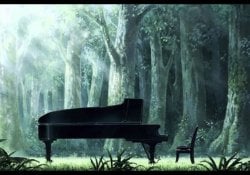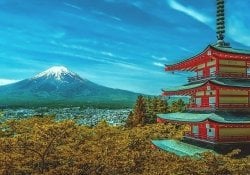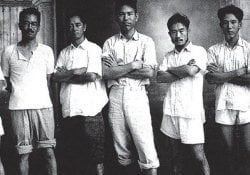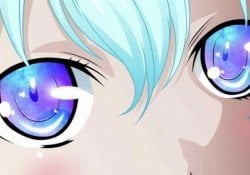Japanese art has inspired and attracted worldwide attention. Art in Japan can be expressed in many ways, not just in artwork, but even in clothing, cuisine, architecture and urban planning.
Over the years unique methods have been developed that surprise more and more people. In this article we will talk a little about some types of Japanese arts. Although the article mentions 15, we will probably cite dozens of them.
Shodo - The Japanese art of calligraphy
Shodo [書道] is the art of Japanese calligraphy made with a brush. It is highly stylized and often almost illegible. Shodo has evolved mainly in temples and has been greatly influenced by Japanese Buddhism.
Shodo works are often better viewed than a landscape painting. Most Japanese people appreciate this art that takes years of dedication. Sometimes art goes so far beyond the limit that it is necessary to write using a broom.
Read more: Shodo - The art of Japanese calligraphy
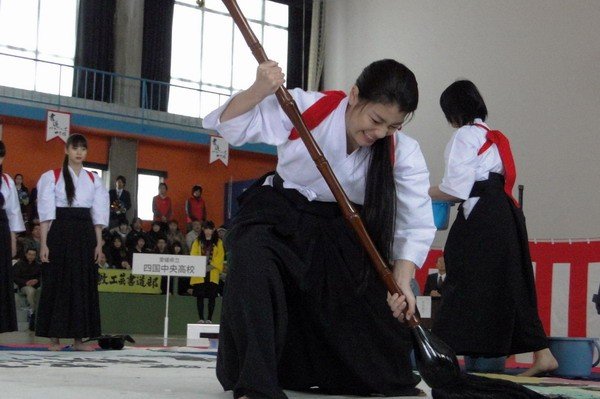
Manga - Japanese cartoons
Manga [漫画] are Japanese comic books. It's something highly prized in Japan and the rest of the world, a style of drawing that can be seen both in the manga themselves and in books, games and TV animations.
Manga appeared around 1760 and is currently responsible for almost all entertainment shown in Japan, in addition to art, its stories and genres have no limits. Thousands of manga with different stories are released weekly in Japan.
It's not just in the comics, you'll end up finding a chalkboard wall or a school blackboard with manga-style art.
We also recommend reading:
- How to Identify a Good Manga?
- Japanese and Manga Art Courses at Domestika
- The 15 longest mangas out there
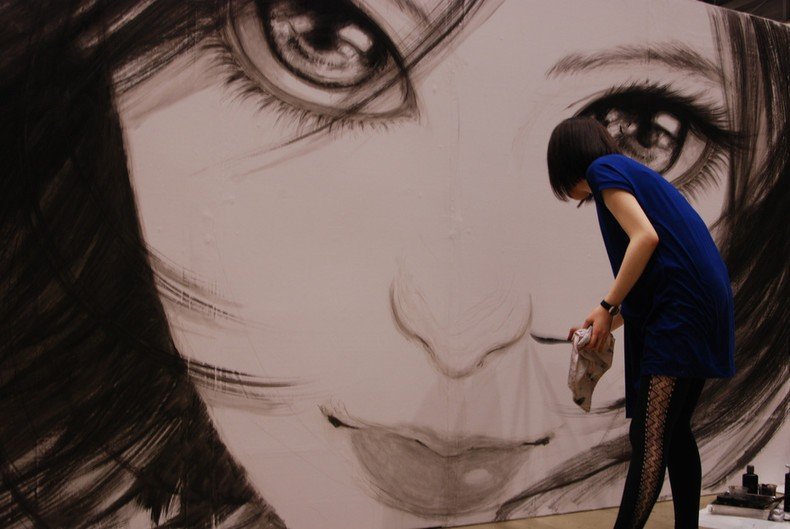
Origami - The art of folding paper
Origami [折り紙] is the Japanese art of folding paper to create a decorative art. With origami they create representations of certain beings or objects with geometric folds of a piece of paper, without cutting or pasting it.
Origami is something classic that every school child in Japan learns is to make the crane (Tsuru). According to myth, anyone who makes a thousand origami cranes is granted a wish. And there are people who do this:
We recommend reading:
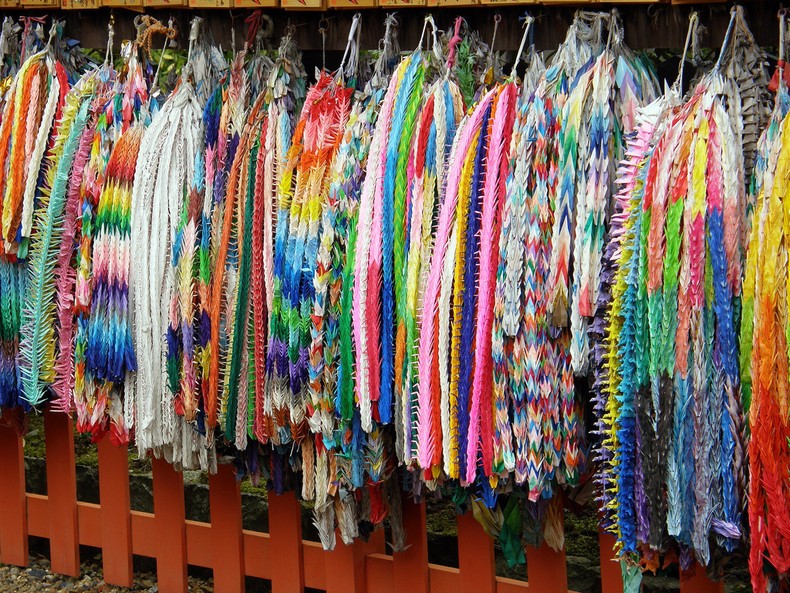
The article is still halfway through, but we recommend also reading:
Kirigami - The art of cutting paper
Kirigami [切り紙] (means cutting paper) is like origami, except the paper can be cut to create more elaborate designs. Kirigami are made from a single piece of paper without glue.
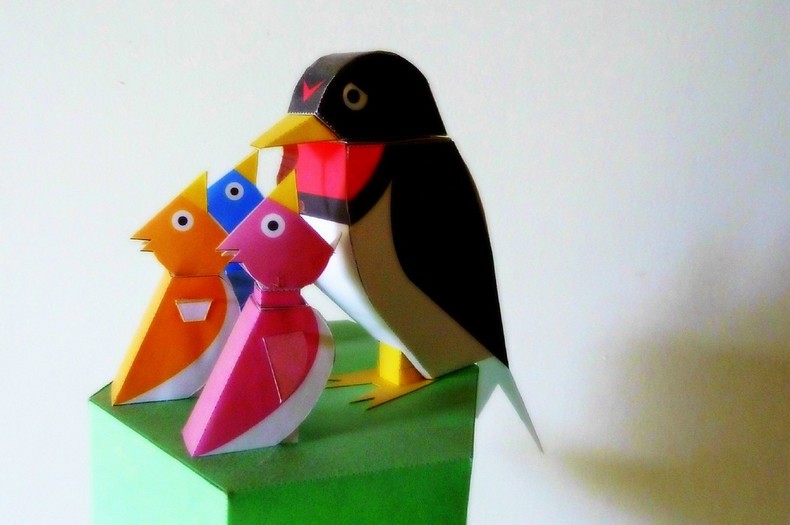
Amigurumi - The art of knitting
Amigurumi [あみぐるみ] is a Japanese technique for creating small dolls made of crochet or knitting. Despite the popularity of stuffed animals and dolls, the technique is also used for objects such as household items and food with anthropomorphic characteristics.
Read also: Amigurumi Guide - Japanese Crochet Dolls
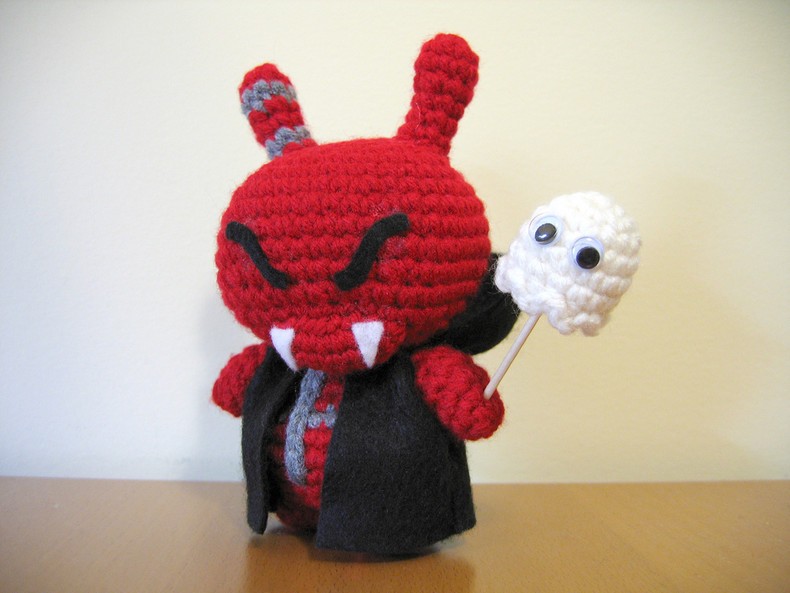
Temari - Hand Ball Art
Temari [手毬], meaning "hand ball", is a folk art in which it is created from ancient silk kimono. They are made for children to play with, the outside of the ball is made with very detailed embroidery.
In the past, it was common for countries to place papers with wishes for their children at the center of the temari.
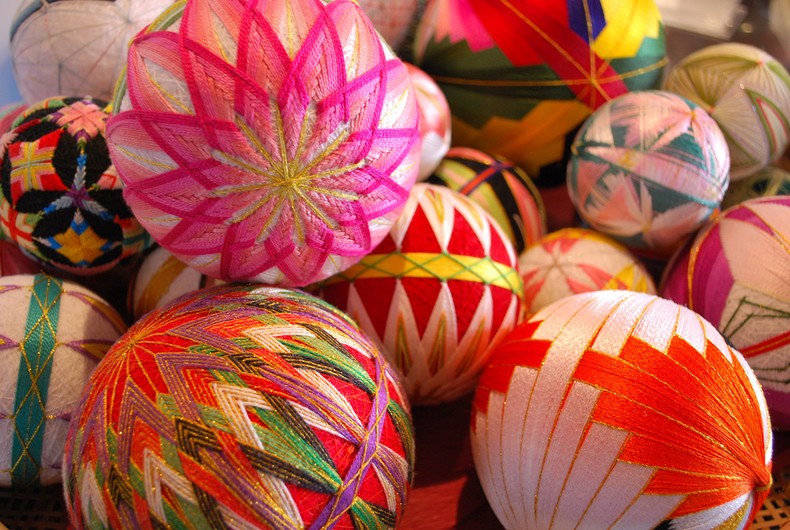
Art in the Rice Field
They are made images, with rice plantations of several different types. It's a relatively new tradition that started in the 1990s in Inakadate, a small northern town that was looking for a way to boost the local economy.
The city has only 8,000 inhabitants and more than 1,000 participate in the planting of this art. Success is such that it took the art of Arrozal to other cities.
Read also: Gohan - Learn about Japanese rice
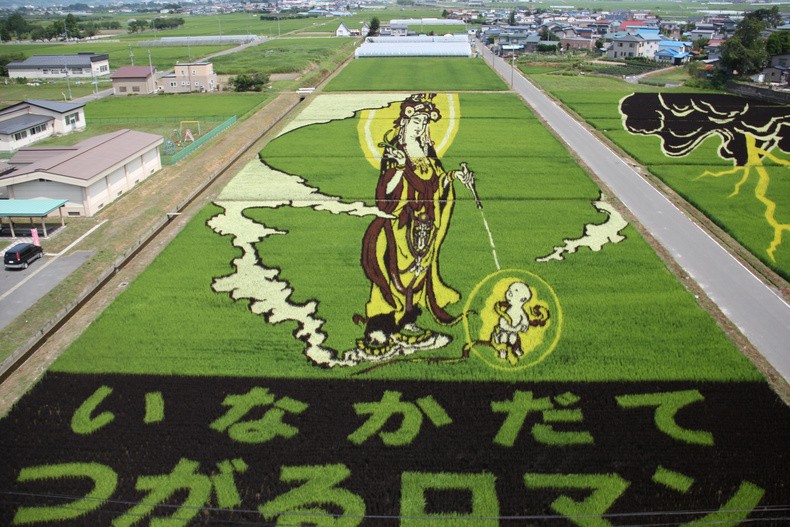
Arts with Food - Bento and Kaiseki
Creativity and aesthetics are part of Japanese cuisine. One of them is the bento (lunch box) which are prepared with the greatest care and ingredients are selected not only for their flavor and nutrition, but also for their color and shape.
The Japanese bento boxes carry a characteristic aesthetic, showing that the appearance of meals is also important. Even though the bento is not meant to look like a work of art, they are usually organized and often feature a character.
The same thing happens at Kaiseki, known for its meticulous preparation and beautiful presentation. It is also one of the most expensive Japanese meals. These meals are usually divided into up to 14 different types of dishes.
We recommend reading:
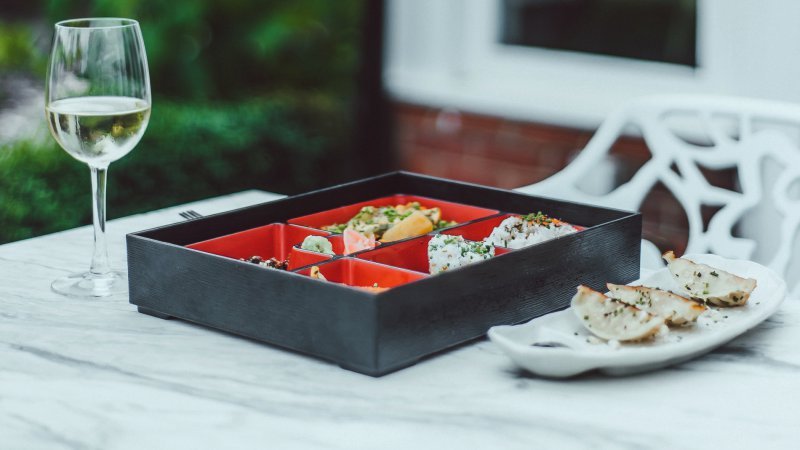
A1TP30 Japanese Martial Arts
In addition to traditional arts, Japan is also known for its numerous martial arts. We even wrote an article just talking about the 10 Japanese martial arts. Each has its distinct characteristics.
We can mention Judo, Kendo, Iaido sword art, Kyudo art with bow, Yabusame horse target shooting, Aikido, Karate, Ninjutsu and Koryu. In fact, by reading the article you will find an extensive list of over 100 different Japanese martial arts.
See more: The 10 Japanese martial arts + list
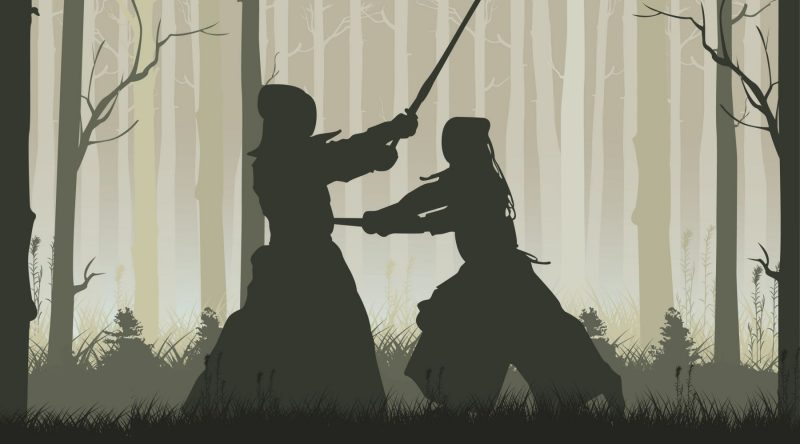
Ikebana - Art of Flower Arranging
Ikebana is an ancient art whose objective is based on arranging flowers, leaves and natural branches in full harmony with the vases and thus giving life to the flower. Ikebana [生け花] literally means living flowers, a Japanese art focused on flower arrangement.
Ikebana art is known for its focus on stems and leaves rather than the flowers themselves. Thus creating a floral arrangement with linear, rhythmic and colorful harmony. Art also has many different sub-styles and categories.
We recommend reading: Ikebana - The Japanese art of floral arrangements
Kintsugi - A way of mending vessels.
Kintsugi is known as the Japanese art of healing scars with gold. This art consists of restoring broken vases and pottery with molten gold. Sometimes this restoration leaves the object as valuable as the original.
Lacquered objects [bonded, joined] are very traditional in Japan, there are several techniques involving lacquer that probably gave rise to the technique. Kintsugi has become a philosophy of accepting the imperfect and flawed.
Read also: Kintsugi - The Art of Recovering Scars and Imperfections
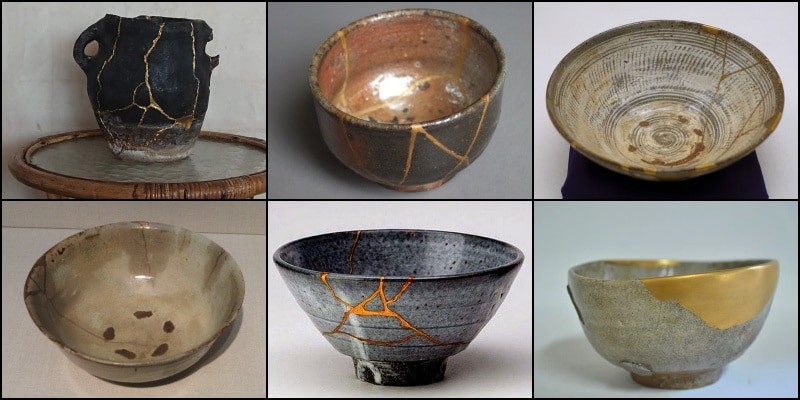
Japanese Art in Theater - Kabuki and Bunraku
The Japanese have their own art style when it comes to traditional theaters. We have the famous Kabuki which consists of highly stylized performances, costumes and extravagant scenography where men usually dress up as women.
We also have Bunraku, the only type of doll theater that uses ornaments. Bunraku is also the only type of puppet theater to use three puppeteers to drive a single puppet. Not to mention other forms of traditional theater.
We also recommend reading:
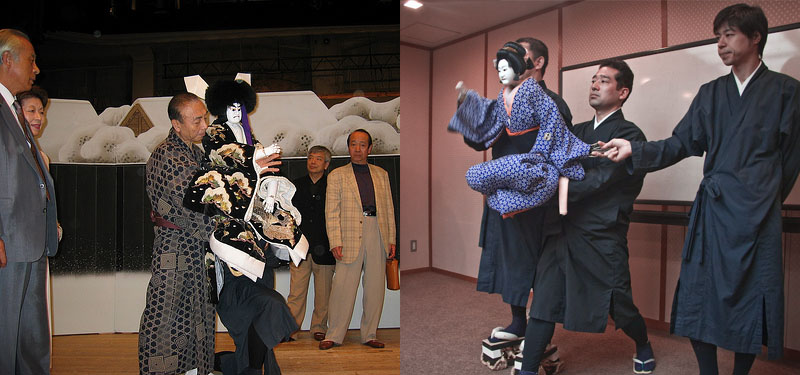
Chanoyu - The Japanese Art of Drinking Tea
The Japanese tea ceremony is a traditional activity in which “Matcha” [抹茶] green tea is ceremonially prepared and served to guests in an atmosphere of simplicity and goodwill, surrounded by peace, respect, harmony and purity.
The tea ceremony practitioner needs to have knowledge of traditional arts, architecture, gardening, landscape and floral arts. Including tea cultivation and varieties, Japanese clothing (kimono), calligraphy, pottery, etiquette and incense.
Read too: Chanoyu – Japanese tea ceremony
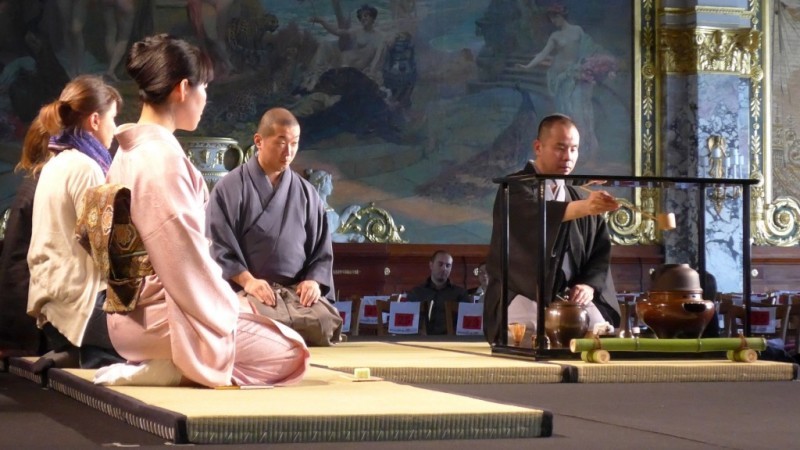
Soroban - The Japanese Art of Calculating
You probably knew an abacus when you were a kid, but Soroban is totally different. Some Japanese are serious about learning and using the abacus, even faster than a calculator.
Soroban is not just a toy, it is a tool that many devote years of practice to in order to achieve the skill called Anzan Soroban [暗算そろばん] or mental Soroban, allowing one to perform gigantic calculations without the instrument.
Read also: Soroban - A way of calculating with the Japanese abacus
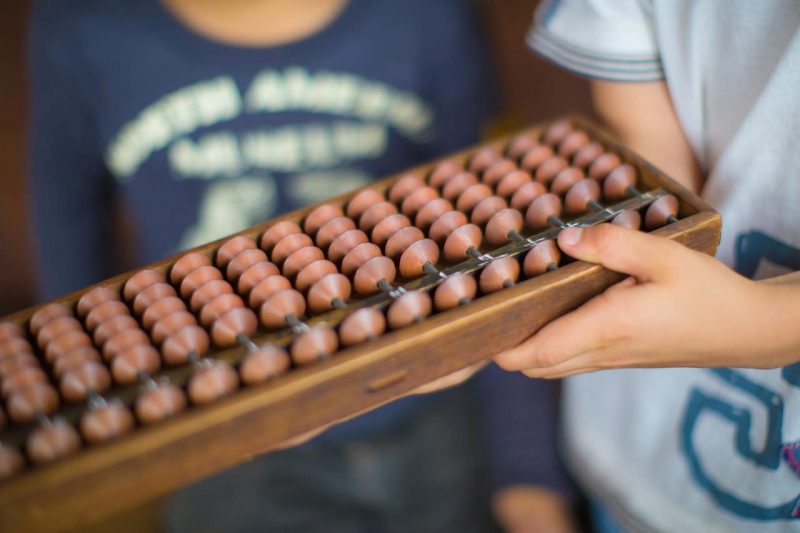
Haikai - Art of Japanese Poetry
Haikai or Haiku is the art of saying the most with the least, which captures a moment of experience, an instant in which the simple suddenly reveals its inner nature and makes us look anew at the observed, at human nature, at life...
This is a traditional poetry style that consists of 17 Japanese syllables. Haikan values conciseness and objectivity, many poets were Zen Buddhists, who expressed their thoughts in the form of myths, symbols, paradoxes, and poetic images.
Read more: Haikai – The Little Japanese Poems
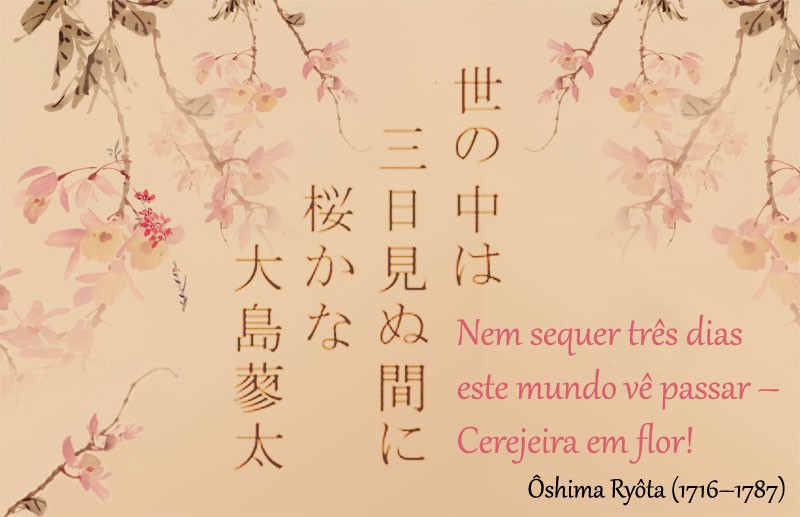
If you want to know more about Japanese Art, read the numerous articles on our website. Thank you so much for reading our article, share it and leave your comments.

